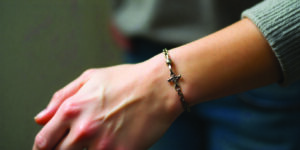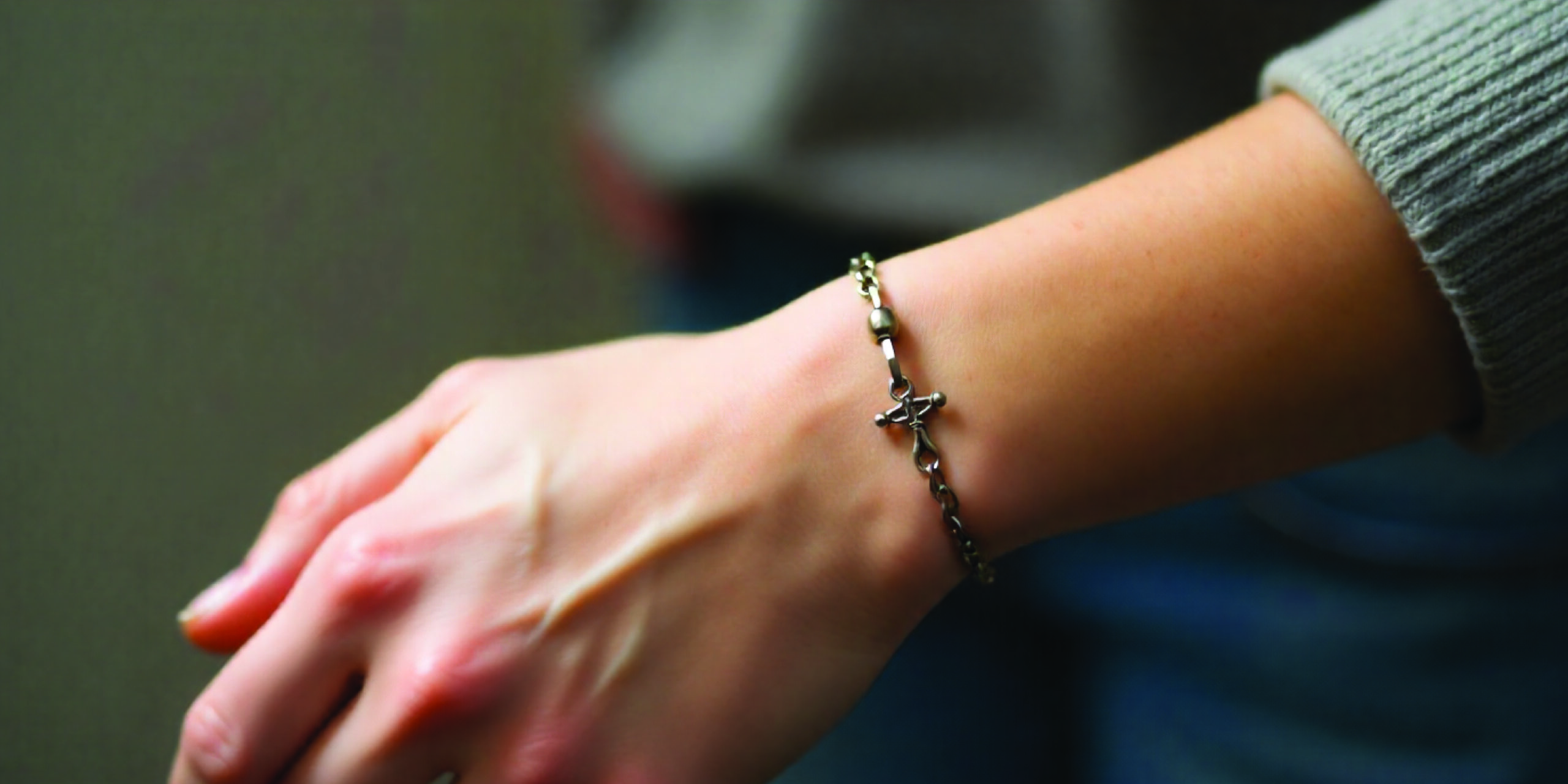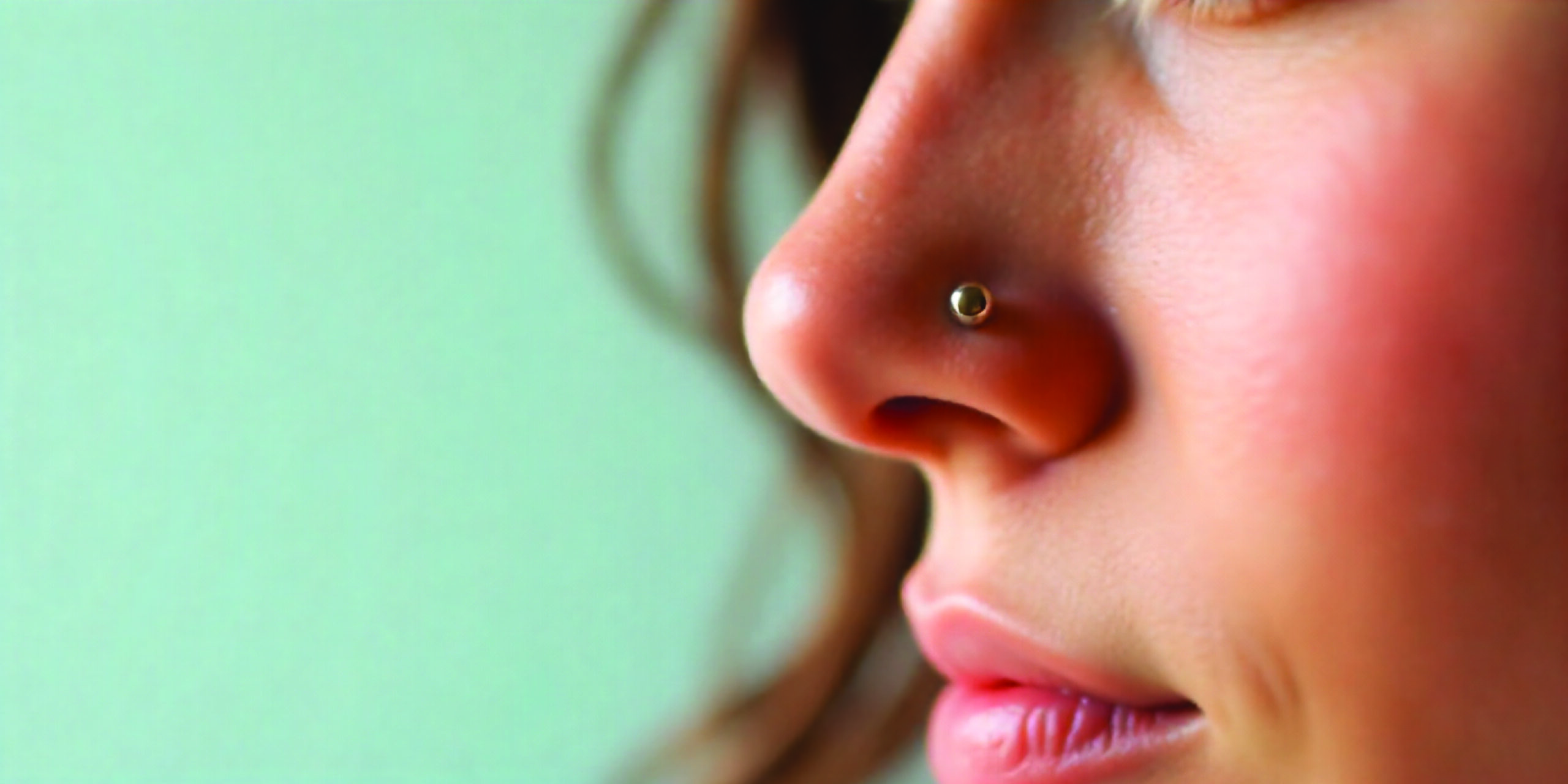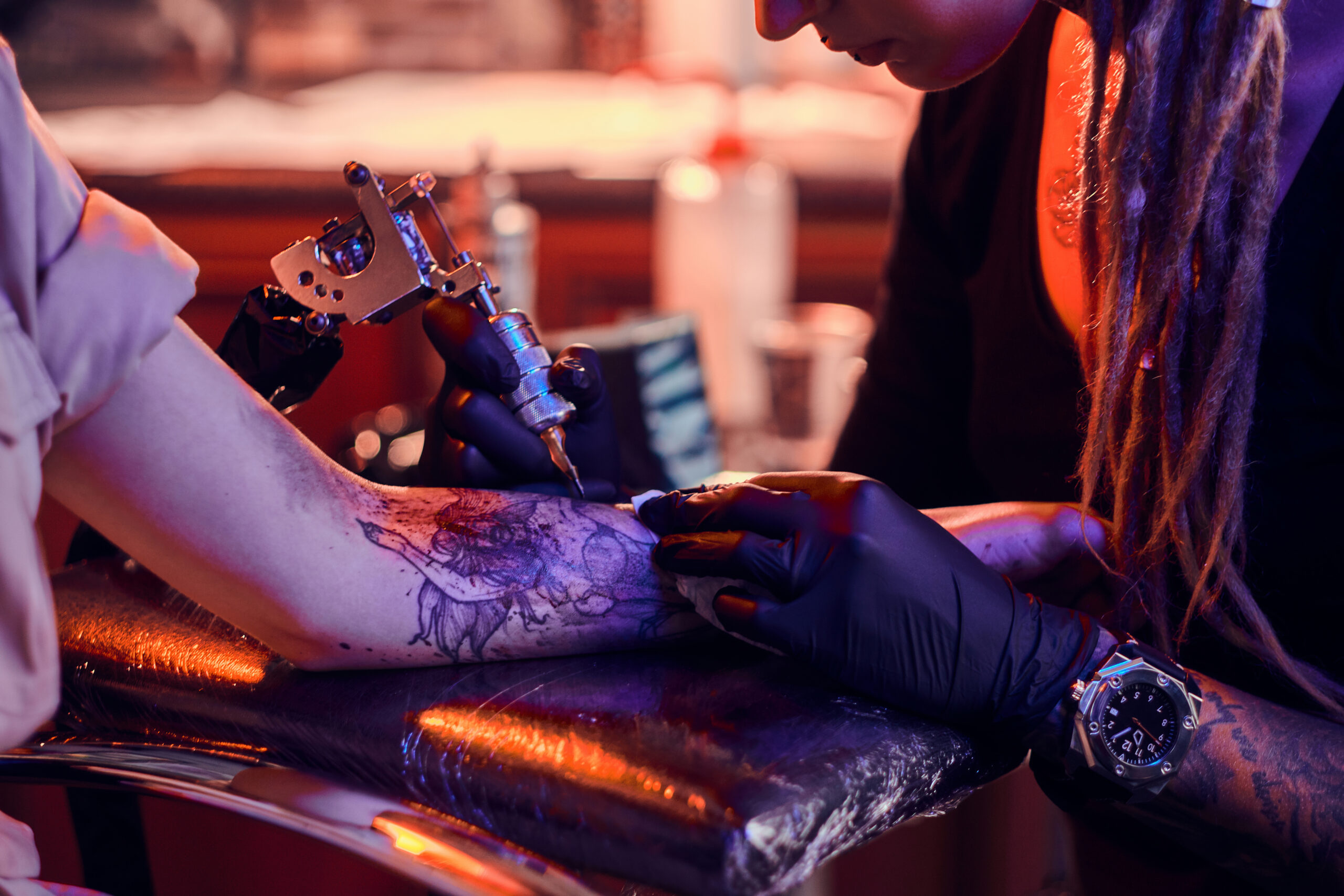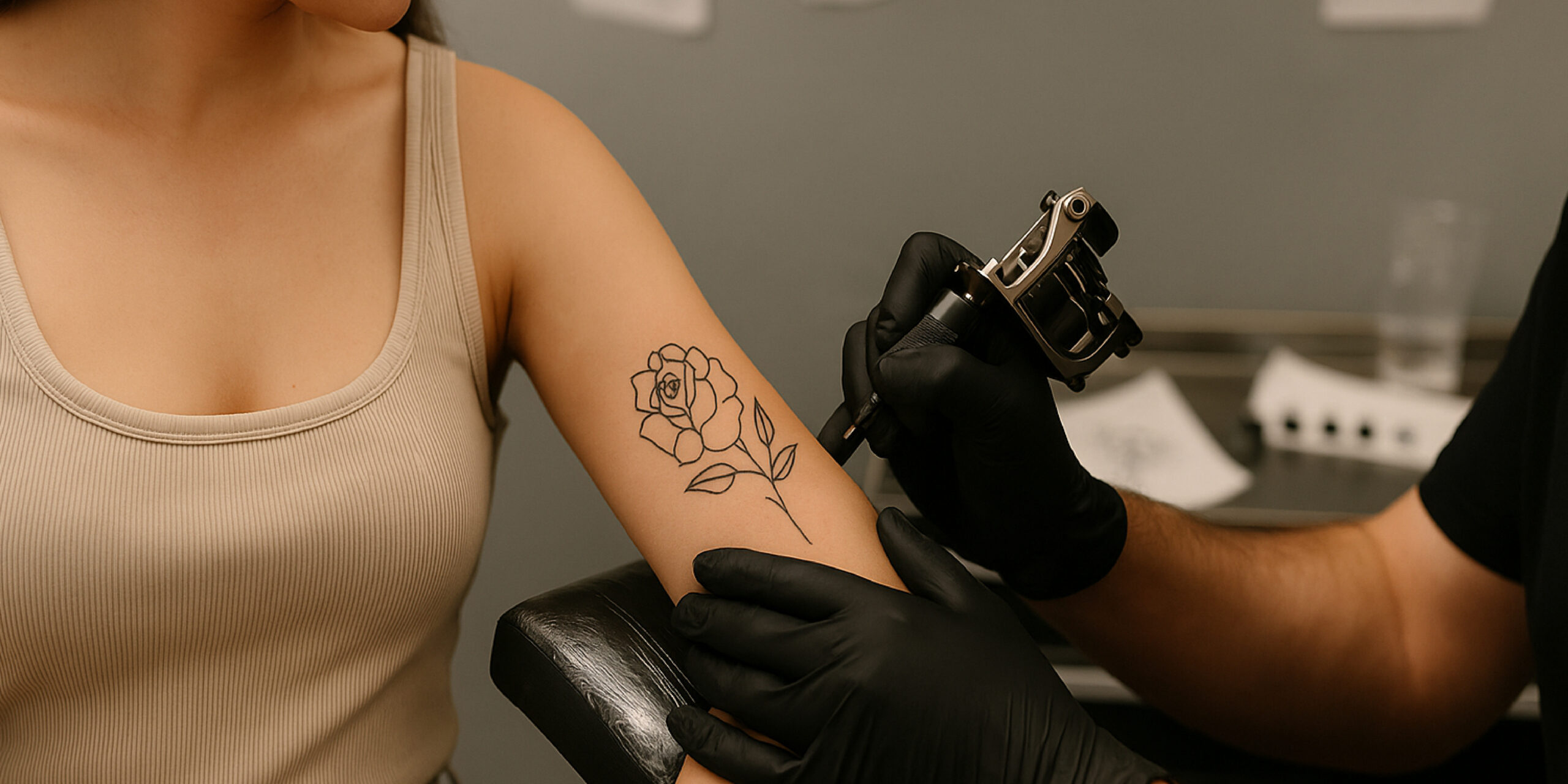Piercings have become an increasingly popular form of self-expression, and for many teens, the desire to get a piercing is an exciting milestone. Whether it’s a simple ear piercing or something more adventurous, getting a piercing is a rite of passage for some, offering a way to personalize their look and celebrate their individuality. However, as a parent, you may have concerns about the process. What should you expect during the piercing process? What are the legal requirements, and what can you do to ensure the experience is smooth and safe for your teen?
In this guide, we’ll cover everything you need to know about teen piercings—from age requirements and parental consent laws to practical tips for both teens and parents to ensure the best possible experience. With the right information, you can help your teen make an informed decision and ensure that the piercing process is as safe and enjoyable as possible.
1. Age Requirements for Piercings in Canada
The legal age for getting a piercing can vary depending on the location and type of piercing. While the laws may differ slightly between provinces and individual studios, there are some common practices regarding the legal age for piercings in Canada.
Ear Piercings
- General Age Requirement: In most provinces, teens can get ear piercings (especially on the lobe) at a younger age than more complex piercings. Ear piercings are the most commonly allowed type for teens and even younger children.
- Age Limits: Many piercing studios will allow ear piercings for children as young as 12 years old, sometimes even younger for lobe piercings. However, the piercing studio may require parental consent for teens under the age of 18.
Other Piercings (Nose, Belly Button, Cartilage, etc.)
- For other types of piercings, such as nose piercings, cartilage piercings, or belly button piercings, the age requirements tend to be a bit more strict.
- Age Limits: Typically, teens can get these piercings starting at age 16, with parental consent. For more complex piercings, studios often set the minimum age at 16-18.
- Parental Consent: If a teen is under the legal age of majority in their province (usually 18), parental consent is typically required for these types of piercings. Consent may need to be signed in person at the piercing studio, and it may involve a discussion about any potential health risks or aftercare responsibilities.
Legal Age Variations
The exact age requirements and laws can vary between provinces or cities. For instance:
- In Ontario, minors (under 18) generally require parental consent to get piercings, with specific guidelines regarding the types of piercings that can be done on teens.
- In Quebec, the legal age for most piercings is generally 14 with parental consent.
Before booking an appointment, it’s always a good idea to call the piercing studio to confirm their age policy and any specific requirements.
2. Parental Consent Laws for Teen Piercings
In Canada, parental consent is a key factor for any teen under the age of 18 who is seeking a piercing. This is a legal requirement in many provinces and helps ensure that parents are involved in the decision-making process and aware of the responsibilities that come with getting a piercing. Here’s what you should know about parental consent laws:
Providing Consent
- In-Person Consent: Typically, parental consent for a teen piercing must be given in person at the piercing studio. The parent or legal guardian will need to accompany their teen to the studio and sign a consent form. Some studios may also require a copy of the parent’s identification for verification.
- Consent Forms: Studios usually have standard consent forms for piercings that outline the risks, the specific piercing being done, and the aftercare requirements. It’s important that both the teen and the parent read the form carefully before signing it.
- Age and Consent: If a teen is under 16 or 18 (depending on the piercing studio’s requirements), parents are often required to be present during the procedure. Some piercing shops may require that both the teen and their parent or guardian are present for consultations and discussions to ensure that both parties are fully informed.
What Parents Need to Know
As a parent, it’s important to understand that piercing studios are responsible for ensuring the safety and health of their clients. However, as a guardian, you’ll also need to take on some responsibility. Some factors to consider:
- Risk of Infection: Piercings, particularly in more sensitive areas (like the cartilage or nostrils), carry a risk of infection. Teens should understand the importance of proper aftercare and hygiene.
- Healing Time: Piercings take time to heal, with some areas requiring months or even up to a year. You’ll need to be patient and ensure your teen follows aftercare instructions for the best healing outcome.
- Tattoos and Piercings Safety: Be sure your teen understands the importance of choosing a reputable piercing studio and professional piercer. Cleanliness and safety standards should always come first.
3. What to Expect During the Piercing Process
The piercing process is generally quick and straightforward, but it’s normal for teens (and parents) to have some concerns. Here’s an overview of what to expect when your teen gets their piercing.
Choosing a Piercing Studio
- Reputation Matters: It’s crucial to select a reputable and professional piercing studio. Look for places that follow strict hygiene standards, such as using sterilized equipment, gloves, and ensuring the piercing area is clean. Many reputable studios will also display certifications and licenses.
- Consultation: Before the piercing begins, there will often be a consultation to discuss the type of piercing, placement, and any potential risks. This is also when the teen and parent will sign the consent forms.
The Piercing Procedure
- Sterilization: The piercer will clean the area where the piercing will go. This is an important step in ensuring that the piercing site is free of bacteria and potential germs.
- Marking the Spot: The piercer will use a marker to mark the exact spot where the piercing will go. This is a crucial step because it helps ensure that the piercing is symmetrical and positioned well.
- Piercing the Area: The piercer will use a sterilized needle to create the hole. The needle is typically single-use and is more precise than piercing guns, which can cause additional tissue damage.
- Inserting Jewelry: After the piercing is made, the piercer will insert the jewelry. For ear piercings, this is often a stud or hoop, but other piercings may require more specialized jewelry.
- Aftercare Instructions: After the piercing is complete, the piercer will provide detailed aftercare instructions. This may include cleaning the piercing with saline solution, avoiding touching the piercing with dirty hands, and not changing jewelry for a specific period.
Pain and Healing
- Pain Level: While the pain level varies from person to person, most teens report that the process is less painful than expected. For ear lobes, pain is generally minimal, but cartilage piercings or nose piercings may feel more intense for a moment.
- Healing Time: Different piercings have different healing times. For instance, ear lobes generally heal in 6-8 weeks, while cartilage or nose piercings can take 3-6 months to fully heal. It’s important for teens to follow aftercare instructions carefully to avoid infections and promote faster healing.
4. Tips for Teens and Parents to Ensure a Smooth Piercing Experience
Getting a piercing can be a positive and empowering experience for both teens and parents when it’s approached with the right mindset and preparation. Here are some helpful tips to ensure the process goes smoothly:
Tips for Teens:
- Do Your Research: Before choosing a piercing, do some research into different types of piercings and their healing times. Make sure you understand the commitment and aftercare involved.
- Listen to Your Piercer: Follow the piercer’s instructions carefully before and after the piercing. This will reduce the risk of infection and ensure a smoother healing process.
- Don’t Rush Into It: If you’re unsure about the piercing or placement, don’t hesitate to ask questions or postpone the decision until you’re fully ready.
- Take Care of Your Piercing: After your piercing, it’s crucial to clean it regularly and avoid touching it with dirty hands. Do not remove or change jewelry until the piercing has fully healed.
Tips for Parents:
- Be Supportive: Getting a piercing is a big decision for a teen, and it’s important to support them while also keeping their health and safety in mind.
- Check Studio Reviews: Take the time to check online reviews and verify the reputation of the piercing studio. Don’t be afraid to ask questions about their sterilization procedures or certifications.
- Talk About Aftercare: Ensure your teen understands the aftercare process and is prepared to take on the responsibility of caring for their new piercing.
- Know When to Seek Help: If your teen’s piercing becomes infected or there are signs of complications, be prepared to seek medical attention right away.
Conclusion: Making the Piercing Process a Positive Experience
Piercings can be an exciting and meaningful way for teens to express their personality. By understanding the age requirements, consent laws, and the process itself, parents and teens can ensure the experience is smooth, safe, and enjoyable. With the right preparation, open communication, and attention to aftercare, a teen’s piercing journey can be a positive experience that fosters confidence and self-expression. So, whether your teen is getting their first piercing or adding to their collection, take the time to research, plan, and approach the process together, and make it a memorable milestone!
Visit our Toronto or Montreal locations for any tattoo or piercing needs.






